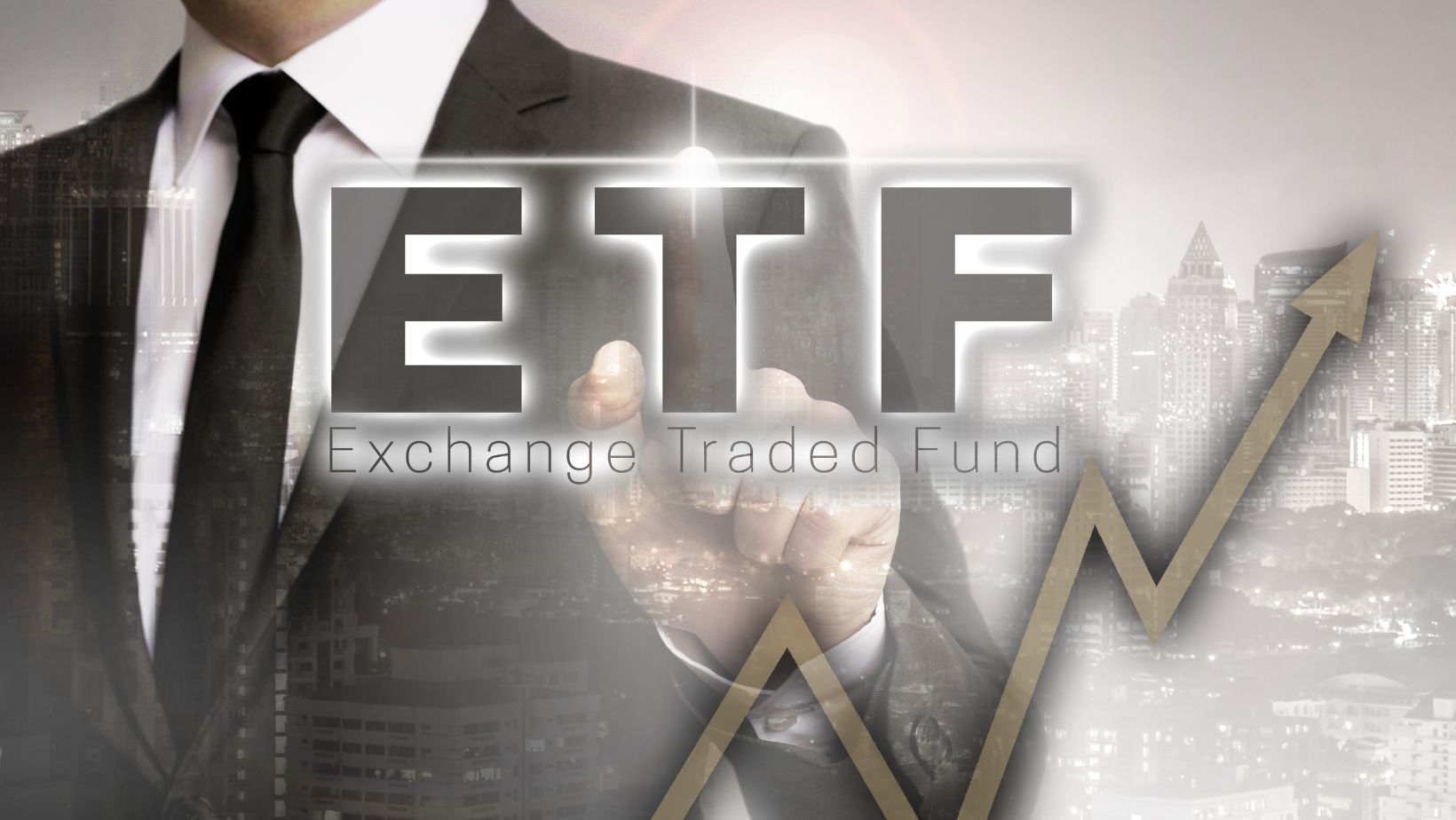Exchange-traded funds (ETFs) have revolutionized modern investing, offering an efficient, low-cost, and transparent way to gain exposure to various asset classes. While many investors use ETFs to track individual indices or sectors, they can also be leveraged to build sophisticated multi-asset strategies. These strategies help diversify portfolios, manage risk, and optimize returns across different market conditions.
Multi-asset investing typically involves blending equities, fixed income, commodities, and alternative investments to create a balanced portfolio. Historically, managing such an approach required direct investments in each asset class, often leading to high costs and complexity. However, ETFs simplify the process, allowing investors to implement multi-asset strategies with greater flexibility and efficiency.
The Rationale Behind Multi-Asset Strategies
Diversification is a fundamental principle of investing. By spreading investments across multiple asset classes, investors reduce the impact of any single asset’s volatility on their overall portfolio. A well-diversified portfolio mitigates risks and smoothens returns over time.
Each asset class behaves differently under various economic conditions. Equities typically provide higher long-term returns but come with increased volatility, while bonds offer stability but lower yields. Commodities and alternative investments can act as hedges during market downturns. A multi-asset approach balances risk and return, creating a more resilient portfolio.
Investors can take either a strategic or tactical approach to multi-asset investing. Strategic asset allocation (SAA) involves setting long-term weightings for each asset class based on historical performance and risk tolerance. In contrast, tactical asset allocation (TAA) adjusts these weightings dynamically based on market conditions, macroeconomic trends, and investment opportunities.
Why ETFs Are Ideal for Multi-Asset Strategies
Compared to mutual funds and actively managed portfolios, ETFs typically have lower expense ratios. This cost efficiency makes them attractive for long-term investors looking to optimize returns while keeping fees minimal.
Liquidity and Accessibility
ETFs trade on stock exchanges like individual stocks, providing investors with real-time pricing and easy access to a wide range of asset classes. This liquidity ensures that investors can enter and exit positions with minimal friction.
Transparency
ETFs disclose their holdings daily, allowing investors to see exactly what they own. This transparency helps investors manage their portfolios with confidence and precision.
Customization and Flexibility

With thousands of ETFs available, investors can tailor their portfolios to specific themes, sectors, factors, or risk profiles. Whether seeking broad-market exposure or niche investments, ETFs offer flexibility to construct a multi-asset strategy that aligns with investment objectives.
Core Components of a Multi-Asset ETF Portfolio
Building a well-diversified multi-asset ETF portfolio requires selecting the right mix of equities, fixed income, commodities, and alternative investments to align with investment objectives and risk tolerance.
Equities ETFs
- Broad Market ETFs: Track indices like the S&P 500 or MSCI World, providing diversified exposure to large-cap stocks.
- Sector-Specific ETFs: Focus on industries such as technology, healthcare, or energy.
- Factor-Based ETFs: Invest based on styles like growth, value, or momentum.
Fixed Income ETFs
- Government Bonds: Treasury ETFs and inflation-protected securities (TIPS) provide stability.
- Corporate Bonds: Investment-grade and high-yield bond ETFs offer higher returns with varying risk levels.
- Emerging Market Bonds: Exposure to developing economies with potential for higher yields.
Commodities & Alternatives
- Precious Metals: Gold and silver ETFs act as safe-haven assets.
- Energy ETFs: Offer exposure to oil, natural gas, and renewable energy.
- Real Estate ETFs: REIT ETFs provide diversification and income potential.
Currency & Volatility ETFs
- Forex Hedging: Currency ETFs help mitigate foreign exchange risks.
- Volatility ETFs: Track market volatility indices like the VIX to hedge against downturns.
Discover ETFs available for trading with Saxo NL.
Implementing Complex Multi-Asset Strategies Using ETFs
Successfully executing a multi-asset strategy with ETFs requires a blend of strategic allocation, tactical adjustments, and risk management techniques to maximize returns and minimize volatility.
Strategic Asset Allocation (SAA)
SAA involves a long-term, rules-based approach to portfolio construction. Investors allocate assets based on risk tolerance and investment horizon, rebalancing periodically. Common examples include:
- 60/40 Portfolio: A traditional mix of stocks and bonds.
- All-Weather Portfolio: Spreads investments across multiple asset classes to perform well in various economic conditions.
- Risk Parity Portfolio: Allocates assets based on risk contributions rather than capital weightings.
Tactical Asset Allocation (TAA)
TAA involves adjusting exposure dynamically to capitalize on market trends. For example:
- Increasing equity ETF allocations during bull markets.
- Shifting to bonds or commodities during economic downturns.
Risk-Based Strategies

- Risk Parity: Equalizes risk contributions from different asset classes.
- Minimum Volatility: Uses low-volatility ETFs to protect against market fluctuations.
- Tail Risk Hedging: Incorporates hedging strategies to protect against extreme market events.
Factor-Based Investing with ETFs
Investors can rotate between factors such as momentum, value, and quality based on market cycles, enhancing returns through systematic exposure to specific investment styles.
Income-Generating Strategies
- Dividend ETFs: Focus on companies with strong dividend histories.
- Bond ETFs with Laddering Strategies: Provide consistent income with staggered maturity dates.
Leveraged & Inverse ETFs for Dynamic Strategies
- Hedging Portfolios: Inverse ETFs help mitigate losses in bearish markets.
- Amplifying Returns:Leveraged ETFs can enhance short-term gains but require careful risk management.
Conclusion
ETFs offer a powerful way to implement complex multi-asset strategies, providing diversification, cost efficiency, and flexibility. Whether employing a strategic long-term approach or a dynamic tactical strategy, ETFs make it easier for investors to construct and manage sophisticated portfolios. By carefully selecting ETFs based on asset allocation principles and risk management strategies, investors can optimize their portfolios for various market conditions while maintaining efficiency and control.


